When to Stop Fertilizing a Fall Vegetable Garden

Organic Fertilization to vegetable garden
Knowing when to curtail fertilizing a vegetable garden is as important as knowing when to start fertilizing because of environmental concerns. According to studies by the University of UMass Amherst. Their research team says, “Nutrient levels that are above optimum do not improve plant growth. In addition, excessive nutrients can cause adverse effects on plant growth, increase the potential for environmental contamination due to leaching, and represents a waste of resources.” With this in mind, it is important to use organic fertilizers but use them wisely and with great consideration.
Organic Fertilization to vegetable garden
Tips for Proper Fertilization
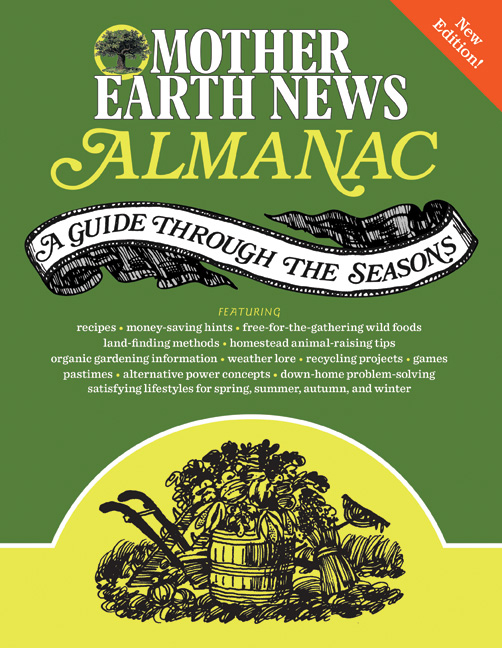 Directions – Proper fertilization starts in the spring and continues all through the season by FOLLOWING PACKAGE DIRECTIONS. Do not randomly apply fertilizer; be sure to follow directions specifically and err on the side of using less fertilizer rather than using more.
Directions – Proper fertilization starts in the spring and continues all through the season by FOLLOWING PACKAGE DIRECTIONS. Do not randomly apply fertilizer; be sure to follow directions specifically and err on the side of using less fertilizer rather than using more.- Testing – Have your soil tested to find out what deficiencies you might have. Fertilizing excessively to solve plant yellowing or other problems might not be necessary if the problem is actually a deficiency in an ingredient not included in your fertilizer. Knowing your soil and what might be good and bad about the soil is key to understanding fertilizer application.
- Organics – Only use organic fertilizers in both your containers and in ground. This season I have used Dave Thompson’s Organic Healthy Grow on my herbs and vegetables with much success. I used Healthy Grow in ground and in containers; it is made from chicken manure and maintains beneficial microbial activity, is higher nitrogen and lower odor, and adds calcium and organic matter to the soil.
- Frost Date – End your fertilizing practices 6 weeks before the estimated first frost date. Below is a chart I discovered in the Mother Earth News Almanac (a great reference book for growing and ecological stewardship) to help you better estimate when your first frost date occurs. An additional chart from the NOAA (National Centers for Environmental Information) is at the bottom and shows a color view.
National First Frost Charts
Mother Earth News Almanac First Frost Map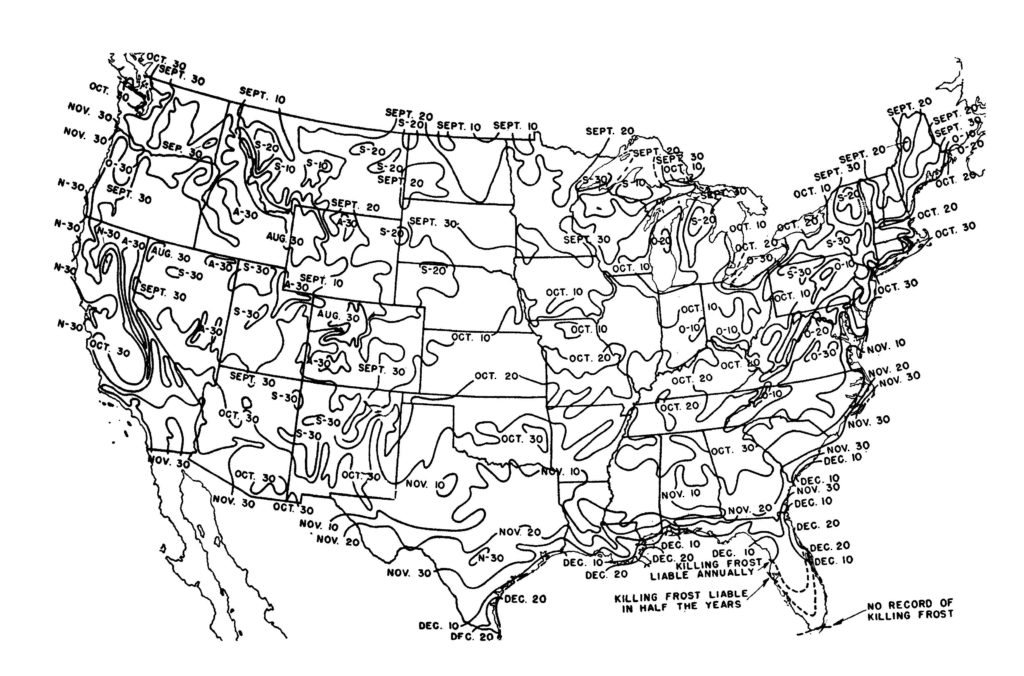
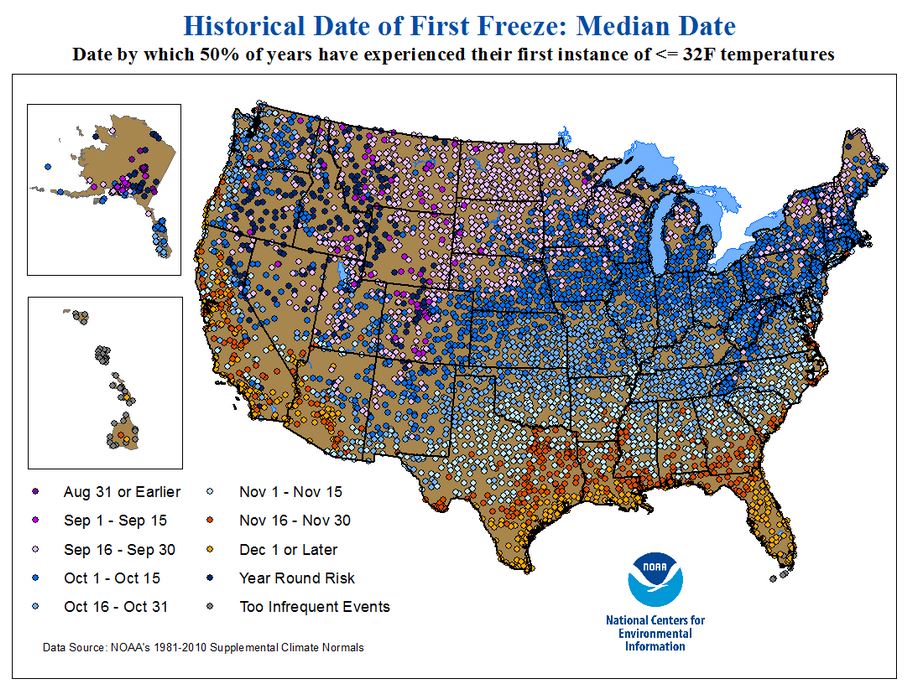
In zone 5, where I live, the first frost is sometime between October 1 and October 15. Using October 1 as a guide, I go back approximately six weeks to the last week in August and stop all fertilization practices at that point for the season. If we are suffering from drought, I might stop fertilizing a few weeks earlier than that because the plants are in summer dormancy with lower water and growth demands.
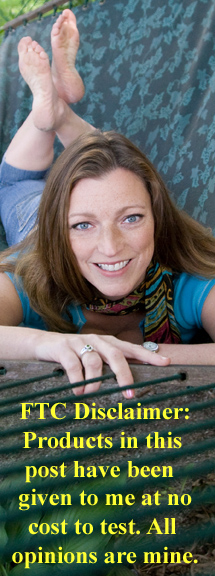
Organic fertilizers are a wonderful addition to your garden when used safely, properly, and in moderation. Understanding when to stop fertilizing a vegetable garden can help you better manage your plants and be a positive environmental steward in your community.
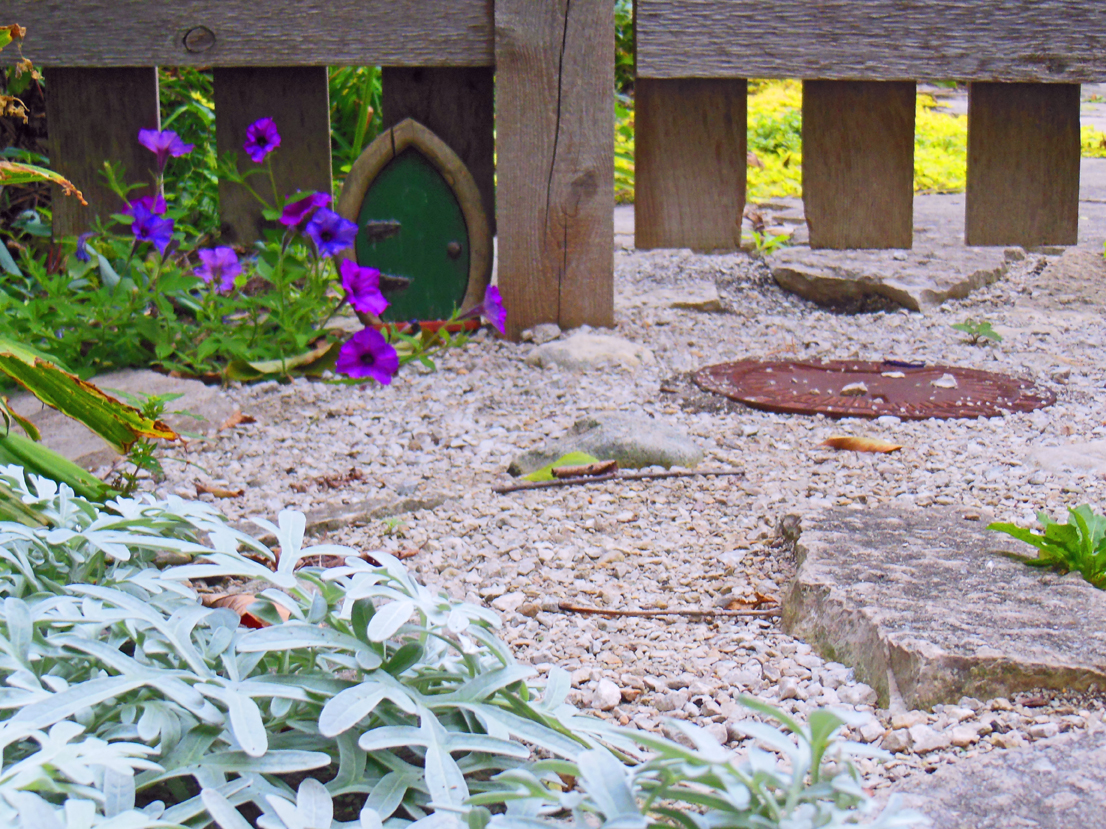
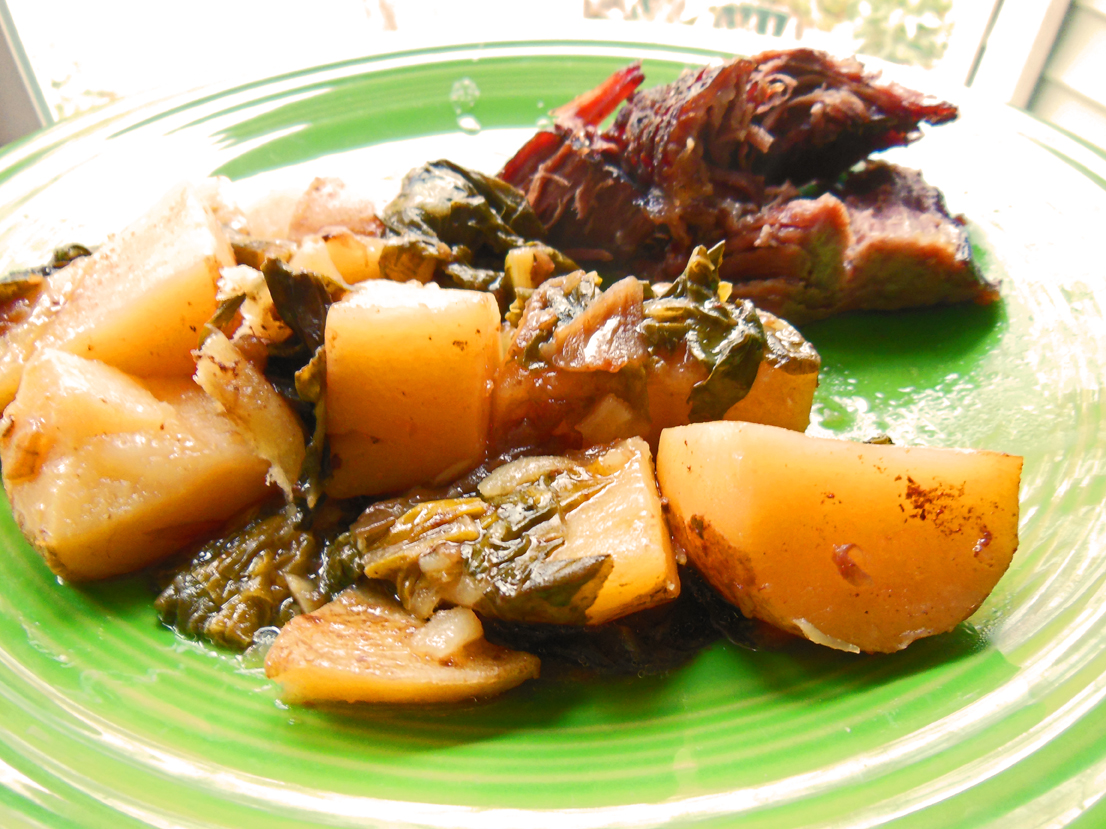
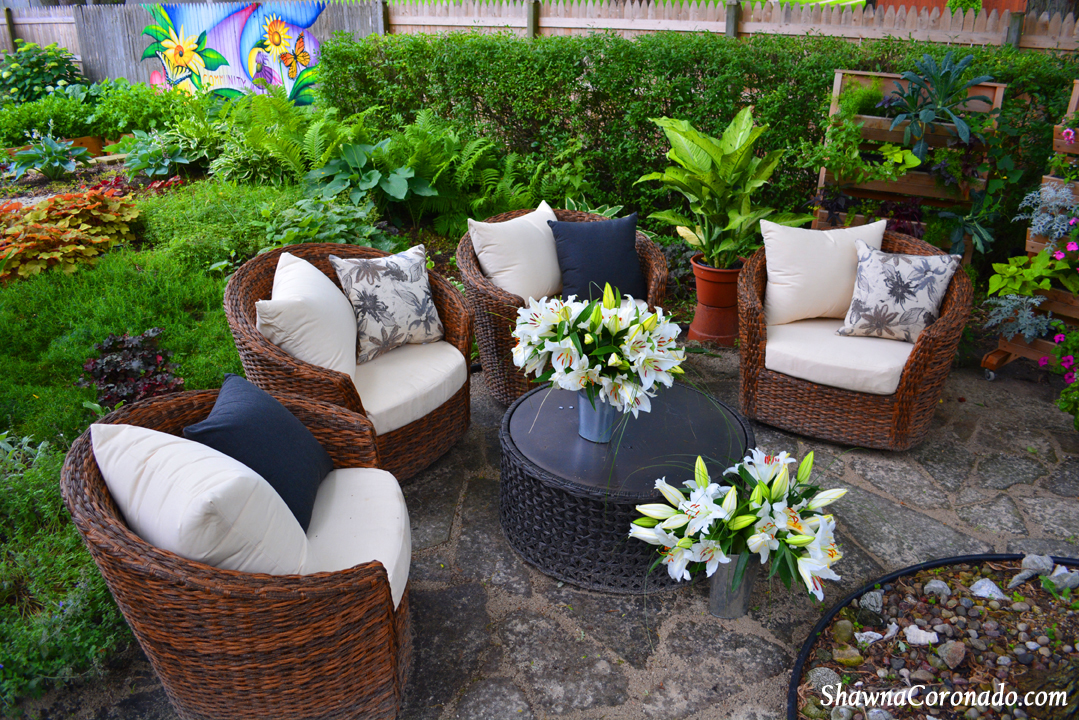
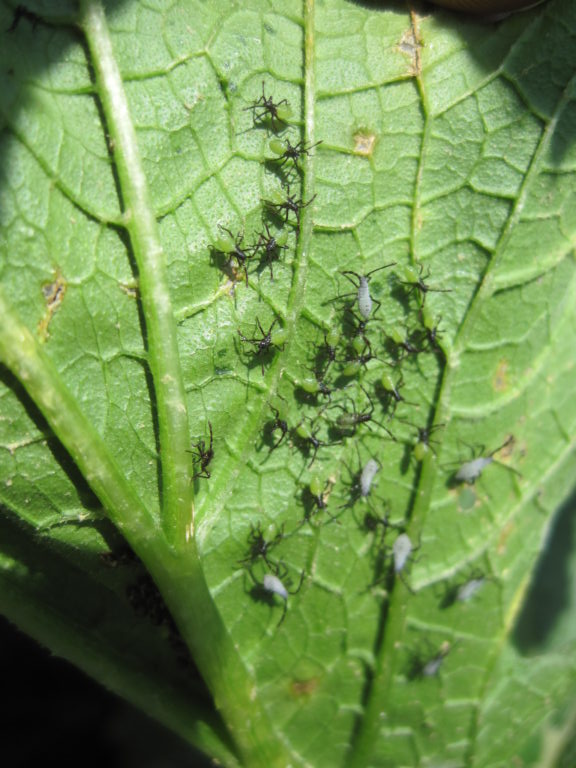
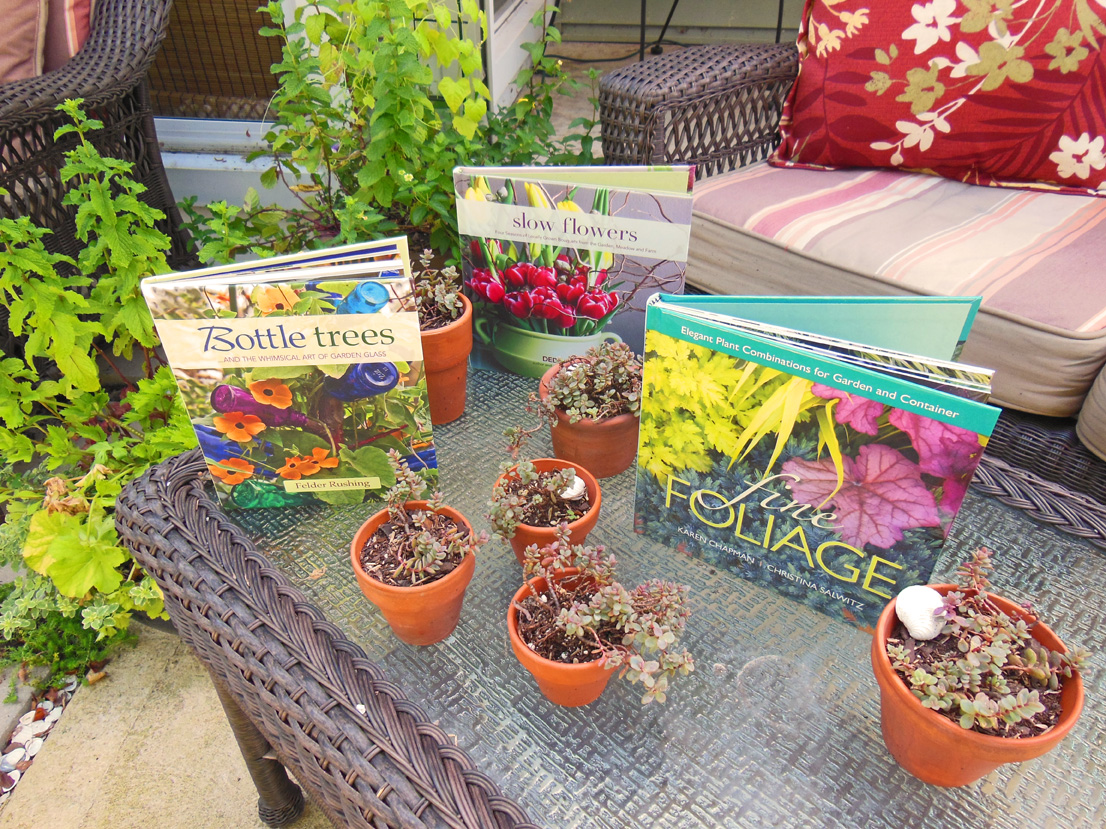
That’s cleared my thoughts. Thanks for coutiibntrng.